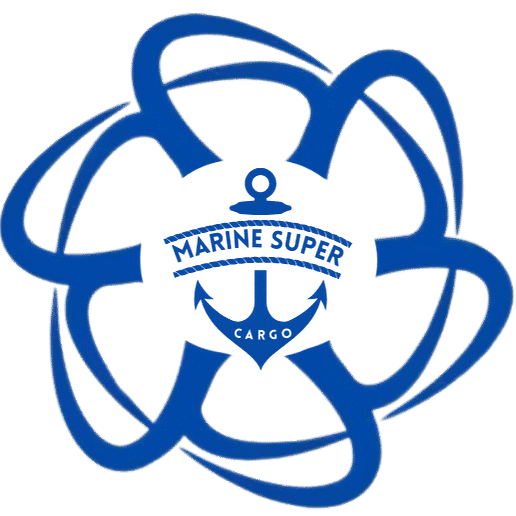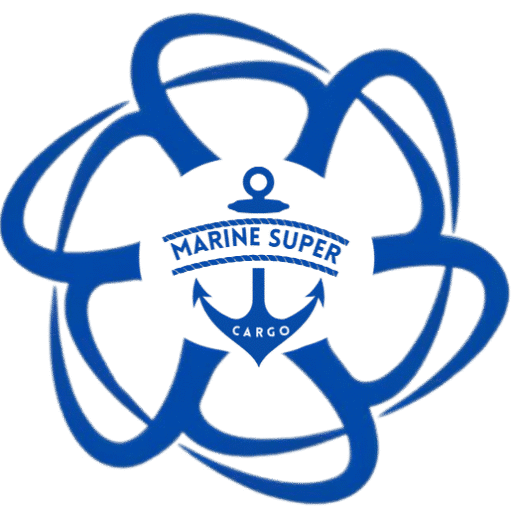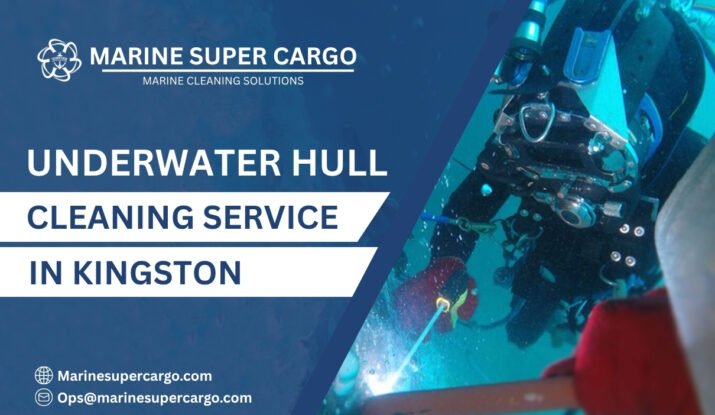Think of your boat’s hull as its lungs: quietly doing the hard work under the shimmering waters of Kingston Harbour. Yet, over time, biofouling—those barnacles, algae, and marine hitchhikers—can turn that smooth hull into a sea garden. The result? More drag, more fuel burned, sluggisher performance, and a real threat to both your wallet and the Jamaican aquatic ecosystem. That’s why underwater hull cleaning in Kingston is a must for every responsible vessel owner.
The Biofouling Challenge in Kingston’s Waters
Kingston’s tropical climate and busy port attract all sorts of marine life. Within weeks, a clean hull can become a haven for barnacles, shellfish, and slimy algae. This “biofouling” doesn’t just look bad—it’s the silent thief of speed and efficiency. A fouled hull can increase drag by up to 60%, skyrocket fuel costs, and even damage onboard sensors or cooling systems. Over time, unchecked marine growth can corrode your hull, shorten paint life, and even violate international marine biosecurity regulations.
How Often Should You Schedule Underwater Hull Cleaning in Kingston?
There’s no universal calendar, but for Kingston’s conditions:
- Commercial ships: Every 2–3 months is ideal
- Pleasure craft and yachts: Every 3–6 months, depending on use and mooring
- Idle vessels: Monthly checks recommended
Frequent transits, older antifouling paint, or stationary use in marinas? Consider more frequent inspections—Kingston’s waters don’t wait long to start “redecorating” your boat.
Main Methods of Underwater Hull Cleaning in Kingston
Professional Diver-Assisted Cleaning
The classic choice. Certified divers use rotary brushes, soft pads, and gentle scrapers to clear marine growth while protecting antifouling paint. Trained pros quickly spot problems like early corrosion or loose fittings, and they can even polish your propellers for extra efficiency. Safety is top of mind: divers in Kingston are equipped with surface communication, backup air supplies, and undergo rigorous risk checks before each job.
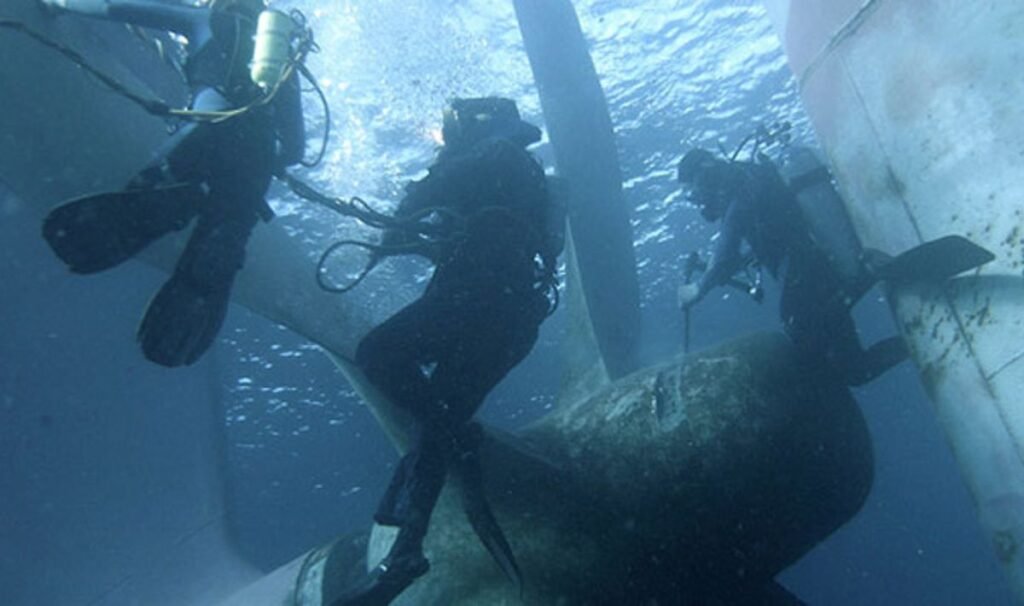
ROVs and Advanced Cleaning Technologies
For larger vessels or fast turnarounds, remotely operated vehicles (ROVs) are increasingly in use at Kingston’s port. These robot cleaners employ gentle bristles or water jets, can work while ships are loaded or at anchor, and some systems vacuum up debris to prevent pollution. ROVs mean faster cleaning, zero diver risk, and are perfect for hard-to-reach hull areas.
Brush Karts, Water Jets & Specialized Tools
Advanced “brush kart” systems are like underwater cars—steered by divers, they sweep across the hull with multiple rotating brushes. For stubborn patches or propeller fouling, low-pressure water jets (never too harsh for paint!) or special diamond pads gently remove build-up. Stainless or harder tools are used only on metal—paint isn’t sanded or stripped underwater, protecting the Kingston waters from toxic particles.
Choosing a Reliable Provider for Underwater Hull Cleaning in Kingston
Don’t just go with the cheapest quote. Look for:
- Fully certified, insured commercial divers
- Use of advanced equipment and debris collection where possible
- Port authority and IMO-compliance
- Transparent reporting (before/after photos, condition notes)
- Flexible scheduling and positive client reviews
Trusted names in Kingston include Marine Super Cargo Services and Diving and Security Solutions Ltd. Reputable teams always share findings and safety standards upfront.
Step-by-Step: What Happens During an Underwater Hull Cleaning in Kingston?
- Inspection: Divers or ROVs visually (and sometimes via video) inspect the hull’s fouling and condition.
- Safety Setup: Risks assessed, comms checked, and all equipment readied.
- Systematic Cleaning: Hull cleaned in sections with appropriate tools, focusing on props, intakes, and waterlines.
- Debris Capture: Modern teams capture or minimize debris—no paint or fouling is left behind.
- Final Review: Cleaners check for missed areas or potential maintenance needs, and provide you with a report and advice.
Key Benefits of Regular Underwater Hull Cleaning in Kingston
Performance & Fuel Efficiency
A clean hull can shave 5–15% off your fuel use—huge savings for both commercial operators and pleasure boaters. You’ll notice the difference: quieter rides, higher speeds, and smoother docking. Even your paint lasts longer with less buildup.
Environmental Compliance & Responsibility
Cleaning the hull helps Kingston comply with international protocols for reducing the spread of invasive marine species. Preventing fouling also keeps Kingston’s blue waters pristine for future generations. Certified teams use green methods and monitor debris, so your duty to the ocean goes beyond just looking good.
Preventing Costly Repairs
Marine growth isn’t just cosmetic—it can corrode your antifouling, jam intakes, and mask serious hull damage. Regular cleaning gives you eyes underwater, allowing early fixes before small issues become budget-blowing repairs.
Safety, Legal, and Environmental Considerations in Underwater Hull Cleaning in Kingston
Diving can be dangerous—Kingston’s pros use strict safety protocols, including standby personnel and emergency plans. Local regulations require that only trained divers or certified ROV operators do hull cleaning. For environmental reasons:
- Never scrape too soon after new paint (wait at least 60 days)
- No underwater sanding or paint stripping
- Only soft materials or carefully calibrated brushes for painted surfaces
All safe, certified jobs put both diver and marine health first.
How Much Does Underwater Hull Cleaning in Kingston Cost?
Pricing depends on vessel size, fouling, and tech required:
- Small yachts/start at a few hundred USD per clean
- Large ships and tankers: Several thousand USD for advanced or robotic cleans
- Emergency jobs or extreme fouling may cost more
Service contracts with reliable providers can cut costs in the long term—regular cleaning pays for itself with fuel and maintenance savings.
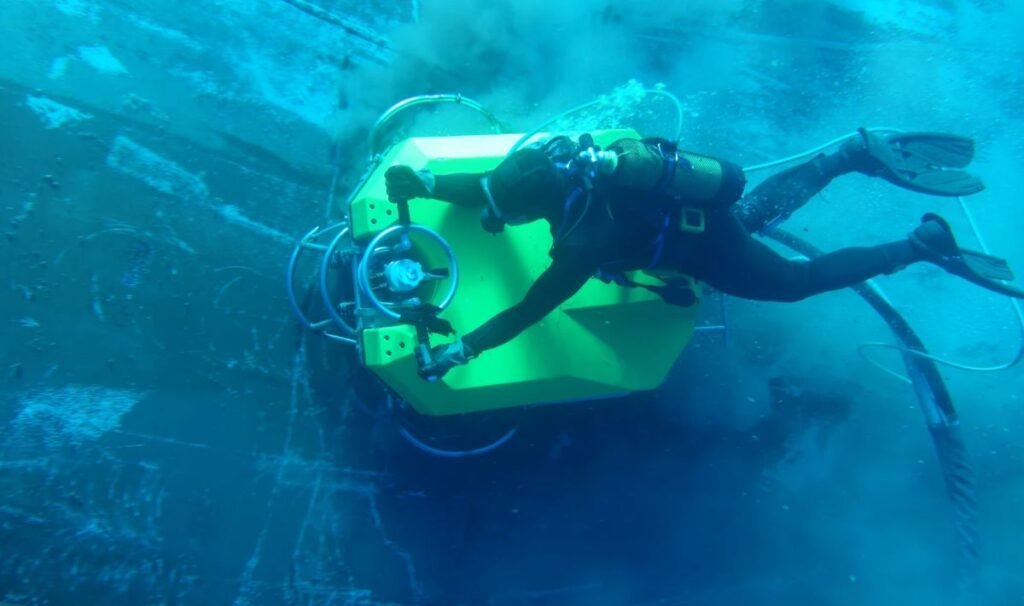
How to Prepare for Your Next Cleaning Appointment
- Log previous cleanings and hull maintenance
- Secure or remove loose gear from the hull
- Notify your marina or port ahead if needed
- Share antifouling paint history or recent repairs
- Ensure hatches and intakes are closed tightly
A little foresight means a smoother, safer, and more effective hull cleaning every time.
Innovations & Future Trends in Underwater Hull Cleaning in Kingston
Kingston is seeing more robotic and debris-capture tech, smarter inspection/reporting tools, and new eco-friendly antifouling paints. Look for:
- ROVs for fast, safe cleaning during cargo ops
- Advanced brush technologies preserve paint while scrubbing growth
- AI-driven inspection logs to track fouling and maintenance needs
Staying ahead of the tech trend means less haul-out time, less cost, and cleaner waters for all in Kingston.
Conclusion
Your hull’s story is written beneath the waterline. By prioritizing underwater hull cleaning in Kingston, you unlock smoother voyages, lower fuel bills, eco-protection for the harbor, and the peace of mind that only comes from smart, proactive vessel care. Partner with local pros, trust new tech, and make hull hygiene a routine—because every great journey in Kingston starts below the surface.
FAQ:
Q1. How often should underwater hull cleaning in Kingston be scheduled?
Commercial vessels need cleaning every 2–3 months; pleasure craft should aim for 3–6 months, but tropical waters or heavy use may call for more frequent checks.
Q2. Will hull cleaning damage my antifouling paint?
Q3. Are robotic or ROV hull cleaning options available in Kingston?
Q4. How does hull cleaning save money and the environment?
Q5. What’s the price range for underwater hull cleaning in Kingston?
Small boats: hundreds of USD per clean; large vessels: thousands, especially with robots or heavy fouling. Regular contracts offer the best overall value.
